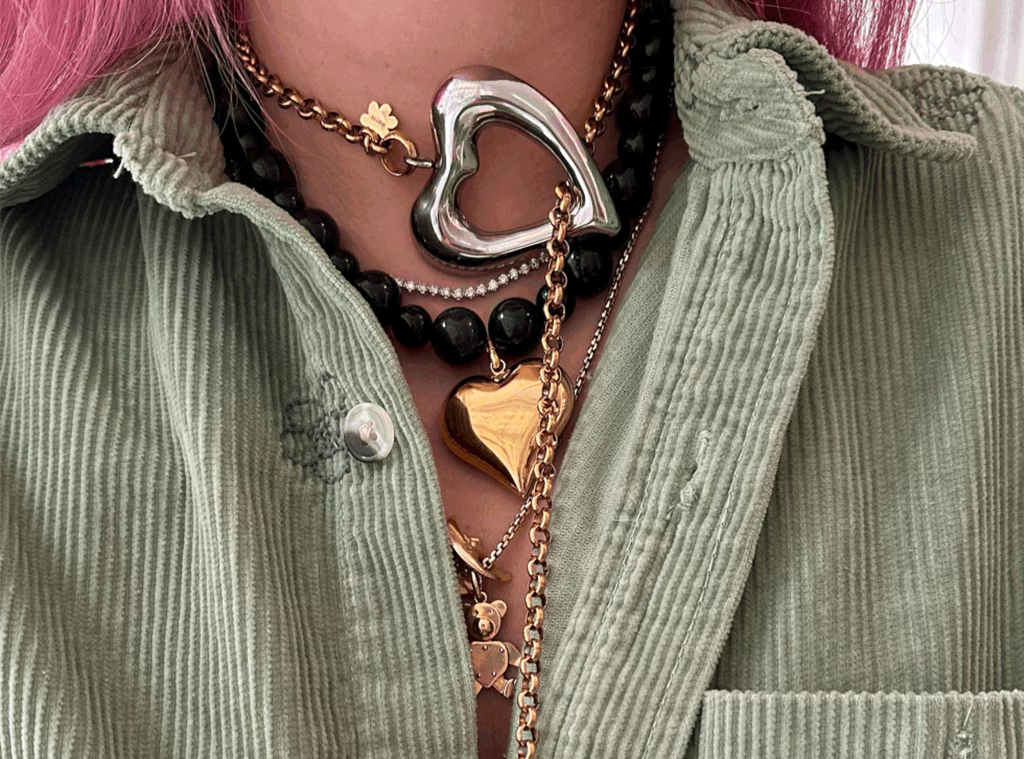In today’s fast-paced, technology-driven world, jewelry brands face new challenges and opportunities like never before. From shifting consumer expectations to digital disruption, the landscape of the jewelry industry is evolving rapidly. For brands to stay relevant, they must adapt to these changes while maintaining their core values and heritage. This article explores how jewelry brands can navigate the digital age, offering practical strategies and insights into how they can leverage technology, social media, and consumer trends to remain competitive and innovative.
The Changing Landscape of Jewelry: From Tradition to Transformation
The Digital Shift in Consumer Behavior
Historically, jewelry has been a product steeped in tradition—often associated with milestone moments like engagements, weddings, and anniversaries. Consumers were typically accustomed to purchasing jewelry in brick-and-mortar stores, where the tactile experience of trying on pieces, the expertise of sales staff, and the in-person connection with the brand made all the difference.
However, as the world becomes more digitized, consumer behavior has shifted dramatically. The rise of e-commerce and digital shopping has changed how people discover, research, and buy jewelry. Millennials and Gen Z—two key demographics for the jewelry industry—are driving this transformation. These generations value convenience, instant gratification, and personalization, all of which can be delivered online.
Moreover, the pandemic accelerated the adoption of online shopping, forcing many jewelry brands to rethink their digital strategies. Brands that were previously slow to embrace e-commerce or social media were suddenly thrust into the digital age and had to learn how to thrive in an online-first environment.
Harnessing the Power of Social Media
Social media is no longer just a platform for social interaction; it has evolved into a powerful marketing tool that can make or break a brand. For jewelry brands, platforms like Instagram, Pinterest, and TikTok offer unique opportunities to showcase their designs, engage with customers, and build a brand community.
Visual Appeal and Storytelling
Jewelry is inherently visual, making it perfectly suited for platforms like Instagram, where aesthetics and imagery reign supreme. Jewelry brands can showcase their products in a way that highlights their beauty, craftsmanship, and design. High-quality images and videos are essential, but what sets successful brands apart is their ability to tell a compelling story.

Whether it’s behind-the-scenes glimpses of the design process, customer testimonials, or stories that highlight the inspiration behind a piece, storytelling can create an emotional connection between the brand and the consumer. This is especially important for younger generations who are increasingly looking for brands with values that align with their own.
Influencer Partnerships
Influencer marketing has become a dominant force in the digital age. Jewelry brands can partner with influencers, celebrities, or micro-influencers to increase their reach and credibility. These influencers serve as trusted voices within their communities and can help brands connect with a wider audience.
What’s critical, however, is authenticity. Consumers are savvy and can quickly tell when an influencer’s endorsement feels forced or inauthentic. Jewelry brands should focus on collaborating with influencers who genuinely align with their brand values, ensuring that the partnership resonates with the audience and feels organic.
User-Generated Content (UGC)
One of the most powerful forms of marketing today is user-generated content (UGC). When satisfied customers post pictures of themselves wearing jewelry, it not only showcases the brand’s products in real-world settings but also builds social proof. Jewelry brands can encourage customers to share their experiences by running contests, offering discounts for UGC, or reposting their content on the brand’s official social media pages.
The Rise of E-Commerce and Virtual Try-Ons
While social media provides the platform for engagement and discovery, e-commerce is where the transaction takes place. For jewelry brands to succeed in the digital age, they must create a seamless and enjoyable online shopping experience.
Optimizing the Website Experience
Your website is often the first point of contact between your brand and potential customers. A user-friendly, visually appealing, and mobile-optimized website is crucial. Slow loading times, poor navigation, and complicated checkout processes can quickly turn customers away.
Additionally, providing detailed product descriptions, high-quality images from multiple angles, and close-ups of intricate details can help compensate for the lack of a physical in-store experience. Since jewelry is often a high-consideration purchase, clear and accessible information is key.
Virtual Try-Ons and Augmented Reality (AR)
One of the most significant innovations in jewelry e-commerce has been the advent of augmented reality (AR) technology. Virtual try-on features allow customers to see how jewelry pieces will look on them before making a purchase, removing the uncertainty of buying a product without physically trying it on.
Several jewelry brands are already using AR to enhance the online shopping experience. Whether through an app or integrated into the brand’s website, these tools enable customers to virtually “try on” rings, necklaces, and earrings to see how they look in real time.
Personalization and Customization
Personalization is a key trend in the jewelry industry today. Consumers increasingly expect brands to offer tailored experiences that reflect their individuality. This desire for personalized products is particularly evident in the growing popularity of custom jewelry.
Bespoke Designs
Offering bespoke or custom jewelry designs is an excellent way for brands to stand out in the digital marketplace. Advances in 3D printing and CAD (Computer-Aided Design) technology have made it easier than ever for customers to design their own pieces, whether they want to engrave a meaningful message, select unique gemstones, or create a one-of-a-kind design.
Jewelry brands can capitalize on this by offering online tools that allow customers to experiment with different designs. Offering a truly personalized experience can enhance customer loyalty and satisfaction, leading to repeat business and word-of-mouth referrals.
Data-Driven Personalization
Using customer data to offer personalized recommendations is another powerful tool for jewelry brands. By analyzing purchasing history, browsing behavior, and preferences, brands can deliver targeted email campaigns, special offers, and tailored product recommendations that are more likely to resonate with individual customers.
Sustainability and Ethical Practices
As consumers become more conscious of their impact on the environment and society, sustainability has become a crucial factor in purchasing decisions. The jewelry industry has long been associated with ethical concerns, from conflict diamonds to the environmental impact of mining. As a result, more and more consumers are seeking brands that prioritize sustainability and ethical sourcing.

Transparency in Sourcing and Production
Jewelry brands can stay relevant by embracing transparency in their supply chains. This includes providing information about the sourcing of gemstones, the use of recycled materials, and ethical labor practices. Certification programs, such as Fair Trade and the Responsible Jewellery Council, can help brands build trust with consumers and show their commitment to sustainability.
Eco-Friendly Packaging
Sustainability extends beyond the product itself. Jewelry brands can adopt eco-friendly packaging solutions, reducing waste and using recyclable materials. Brands that embrace sustainability in all aspects of their business—from sourcing to packaging—will resonate with eco-conscious consumers.
The Future of Jewelry Brands in the Digital Age
As we look to the future, the jewelry industry will continue to evolve in response to new technologies, changing consumer preferences, and global challenges. Jewelry brands must stay nimble and open to innovation to remain relevant in this rapidly changing landscape.
The rise of artificial intelligence (AI), blockchain technology, and even the metaverse presents exciting new possibilities for jewelry brands. AI could help brands create hyper-personalized shopping experiences, while blockchain could provide a transparent and secure way to trace the provenance of precious gemstones. Meanwhile, the metaverse offers opportunities for jewelry brands to create virtual jewelry experiences and expand into virtual marketplaces.
By staying ahead of the curve and embracing these digital trends, jewelry brands can ensure they remain a part of their customers’ lives—both online and offline—for years to come.
Conclusion: A Digital-First Strategy for Jewelry Brands
To remain relevant in the digital age, jewelry brands must prioritize digital transformation without losing sight of their heritage. By leveraging social media for engagement, embracing e-commerce innovations like virtual try-ons, offering personalized experiences, and committing to sustainability, jewelry brands can connect with the modern consumer in a meaningful way.
The digital age offers exciting opportunities for growth, but only those brands that adapt, innovate, and stay connected to their customers will thrive in this new era.

















































